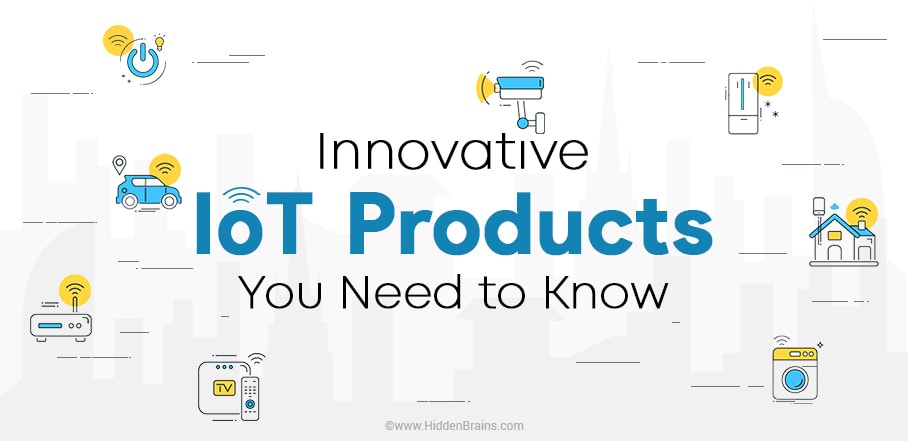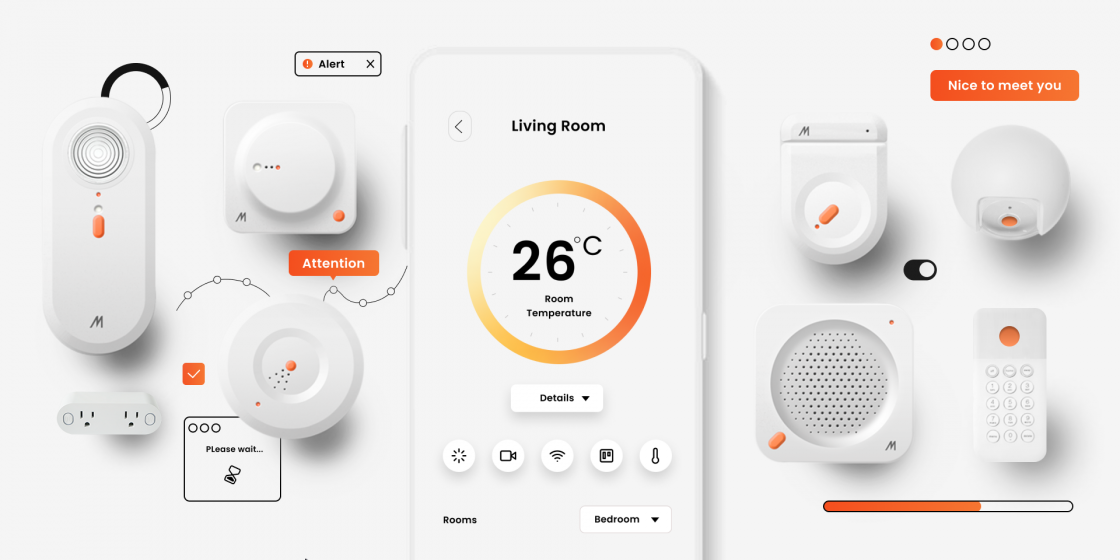The Internet of Things (IoT) is a system of interrelated computing devices.
The mechanical and digital machines, objects, animals or people that are provided with unique identifiers and the ability to transfer data over a network without requiring human-to-human or human-to-computer interaction. Simply put, this is the concept of basically connecting any device with an on and off switch to the Internet (and/or to each other). This includes everything from cellphones, coffee makers, washing machines, headphones, lamps, wearable devices and almost anything else you can think of. This also applies to components of machines, for example a jet engine of an airplane or the drill of an oil rig.

#1. How Should Internet of Things (IoT) Companies Bill Their Clients
In our brave new world of technology, many devices or “things” we use in our everyday life are quite intelligent. They are no longer single-purpose, designed to just “do their thing” and then sit idle, waiting for someone else to use them again. Each of these “things” connects to each other. They interact and relate to each other. These intelligent devices are collectively known as the Internet of Things (IoT). So what is the Internet of Things? Technically, it is a network of physical objects, embedded with some form of electronics that enables them to exchange data over the internet. Often their users can communicate and interact with them from afar. The name had not yet been coined, but the first IoT device was invented in 1982. Coca-Cola modified one of their machines at Carnegie Mellon University to become the first internet-connected device. At regular intervals, it reported back to Coca-Cola the inventory it had on hand, and whether its drinks were cold. These vending machines may seem primitive now, but they do meet the modern definition – some “thing” that is attached remotely to the Internet and is, therefore, able to provide useful information to the user. Examples of the Internet of Things Many households now have utility smart meters, which send relevant information about power or gas usage direct to the utility company. There is no longer a need for meter readers to take recordings. The communication is two-way, and the companies can send messages, data, and instructions to the meter as well. Technically the RFID-powered Smart Cards that we use for many of our financial transactions are examples of the IoT in operation. A card reader can see how much money you have stored in your account and provide various services as a result of it.
#2. Internet of Things (IoT) might do this for us in near future
We are living in exciting times and on the verge of another technological revolution that will change the way we live and interact with our surroundings. This technological revolution is called the Internet of Things (IoT). The Internet of Things refers to uniquely identifiable objects or "things" that have a digital presence. There are two main categories of these objects: identified objects and connected devices. These objects or devices can be connected to create a digital ecosystem, as well as to the Internet. Hence, the name, Internet of Things. To better understand how a future smart fridge might work, it’s important to distinguish between the categories of Things The first category is that of physical things with a digital presence, to which refer as “barcode objects” or identified objects—objects that will enable the future smart fridge. If you look in your refrigerator right now, you will find that just about every package you see has a UPC barcode printed on it. In fact, nearly every item that you purchase from a department store, and mass merchandiser has a UPC barcode on it somewhere. A barcode, as we all know, is an optical machine-readable representation of data relating to the object to which it is attached. The retail industry uses barcodes to keep track og merchandise and to provide an easier, faster, and more accurate checkout. An RFID tag is a bit of technology that can be embedded into retail products. For example, it could be embedded inside a pair of shoes or placed as a sticker on product packaging. Its purpose is to track and identify products using radio waves.

As networks become more complex, the ability to automate repetitive tasks and manage configurations programmatically is increasingly valuable. Learning programming languages such as Python, which is widely used for network automation, can set you apart. Tools like Ansible, Puppet, and Chef are also essential for automating network tasks and managing infrastructure as code. By developing scripts and automation workflows, network engineers can reduce manual intervention, minimize errors, and improve overall efficiency.
With the rise in cyber threats, having a strong understanding of cybersecurity is imperative for network engineers. This includes knowledge of firewall configurations, intrusion detection/prevention systems (IDS/IPS), and secure network design principles. Staying updated with the latest security protocols and standards, such as Zero Trust Architecture (ZTA) and secure access service edge (SASE), will ensure that you can build resilient networks capable of withstanding sophisticated attacks. Engaging in continuous security education and earning relevant certifications, such as Certified Information Systems Security Professional (CISSP) or Certified Ethical Hacker (CEH), will enhance your ability to design secure networks.
While technical skills are crucial, soft skills and business acumen are equally important. Effective communication, problem-solving, and teamwork are essential in collaborating with colleagues and explaining complex technical concepts to non-technical stakeholders. Furthermore, understanding the business impact of network decisions enables network engineers to align their technical strategies with organizational goals. This holistic view helps in prioritizing projects that deliver the most significant business value and in gaining support from executive leadership.
VThe shift towards cloud computing continues to accelerate, with many organizations adopting hybrid cloud environments. Network engineers must be proficient in designing and managing cloud-based networks. Knowledge of cloud platforms such as AWS, Azure, and Google Cloud is essential. Understanding how to integrate on-premises networks with cloud environments seamlessly, ensuring reliable and secure connectivity, is a critical skill. Familiarity with cloud-native networking tools and services, such as AWS Direct Connect, Azure Virtual Network, and Google Cloud VPC, will be advantageous.
Building and maintaining a robust professional network can open doors to new opportunities and provide valuable insights. Joining professional organizations, attending industry conferences, and participating in online forums and communities can help you stay informed about the latest trends and best practices. Networking with peers and industry experts allows for knowledge sharing and can lead to mentorship opportunities. Platforms like LinkedIn can also be instrumental in building your professional brand and connecting with potential employers or collaborators.